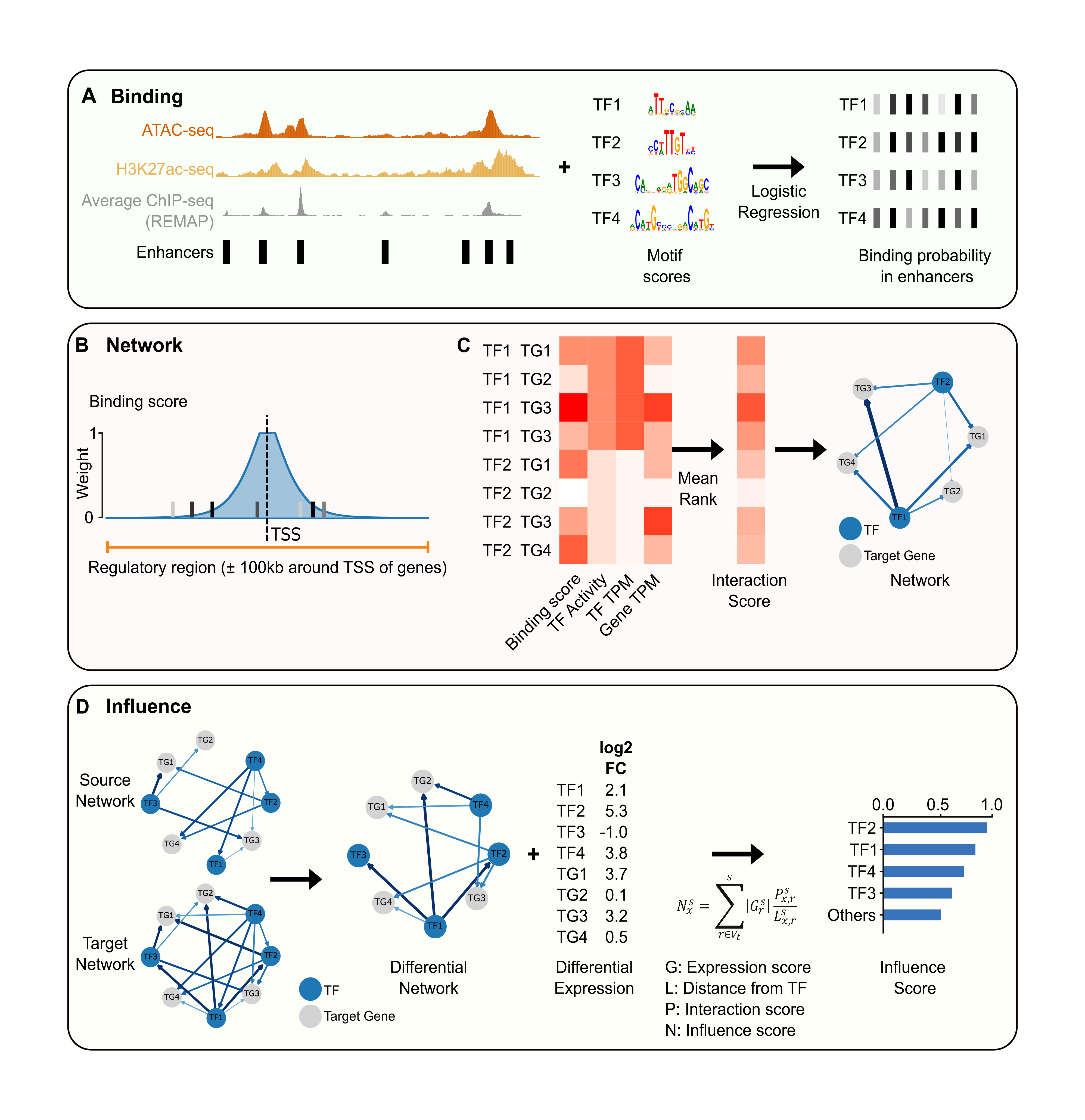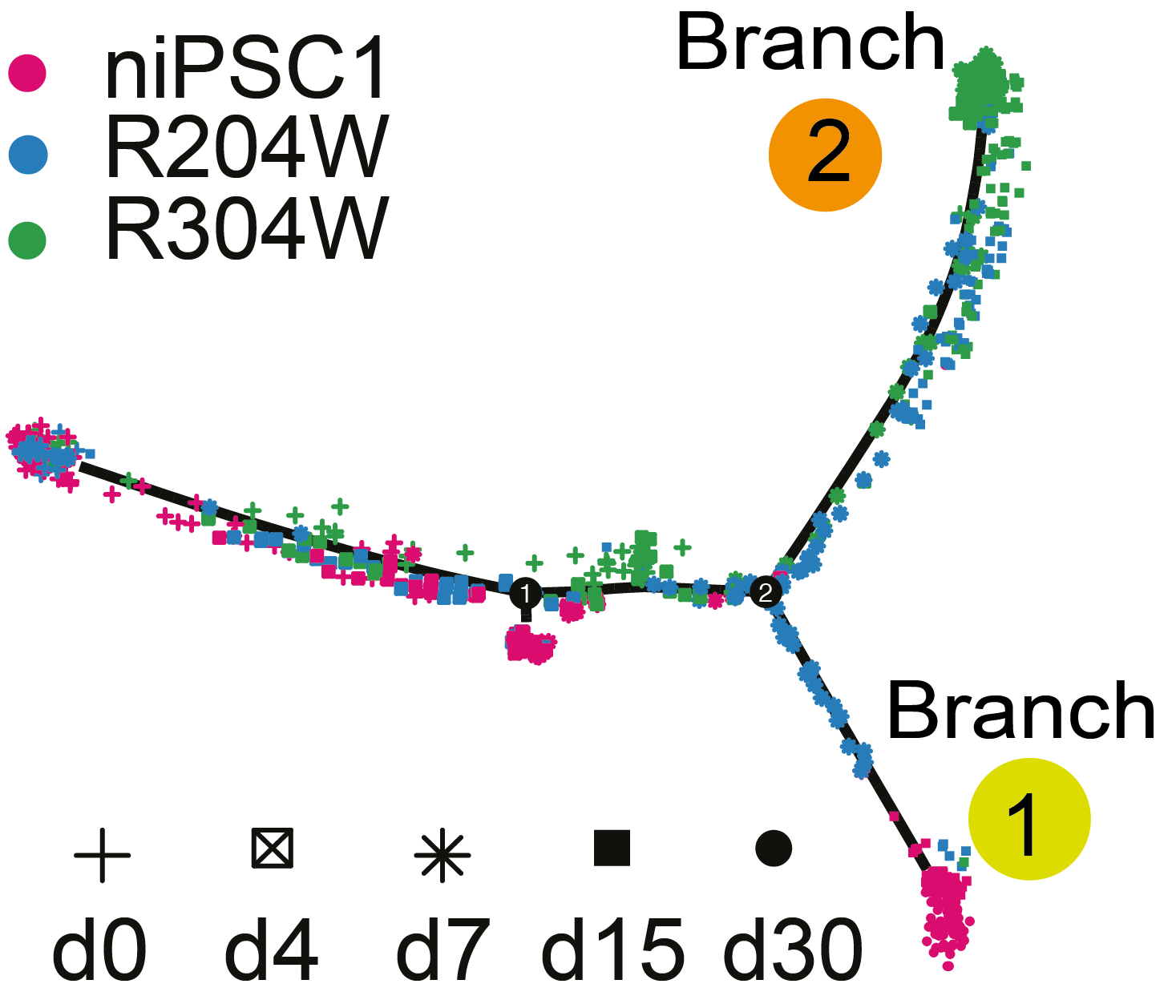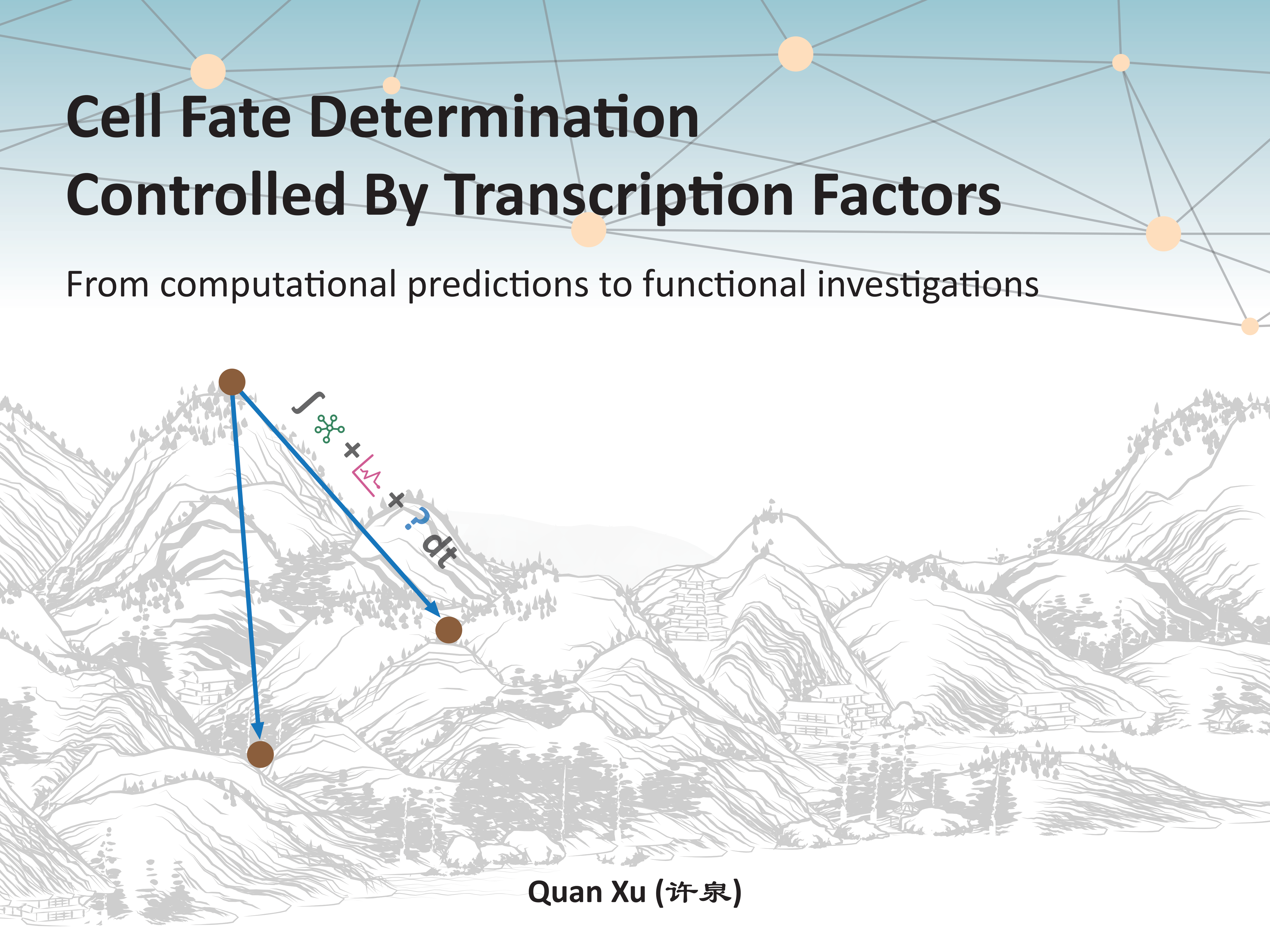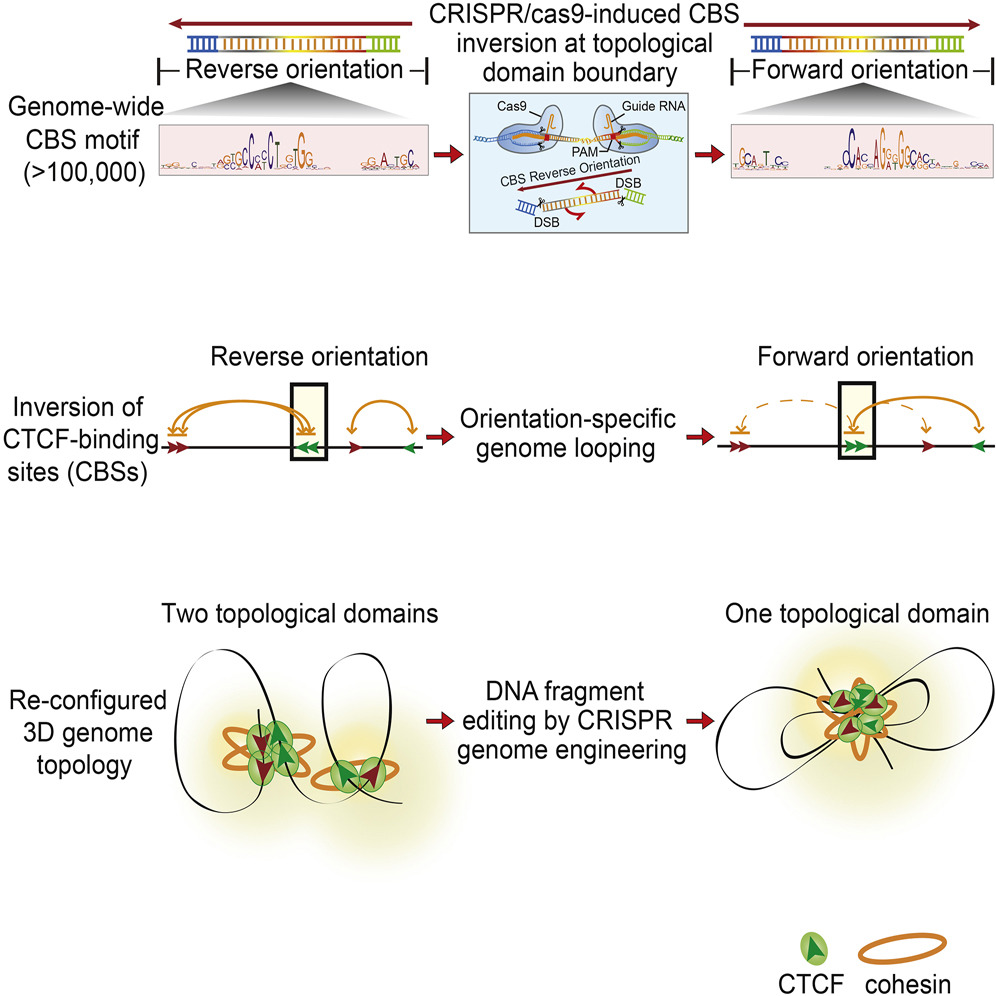Publications
For a full list see Google Scholar.

ANANSE is a computational approach to infer enhancer-based gene regulatory networks (GRNs) and to identify key transcription factors between two GRNs. It outperforms other published methods in predicting TFs that can induce trans-differentiation. In addition, it is open source, freely available, and can be easily used with custom data. ANANSE exploits enhancer information in GRN inference, and provides insights into TF-mediated regulatory mechanisms underlying cell fate determination and development. You can use it to study transcription regulation during development and differentiation, or to generate a shortlist of transcription factors for trans-differentiation experiments.
Xu, Q., Georgiou, G., Frölich, S., van der Sande, M., Veenstra, G.J.C., Zhou, H., and van Heeringen, S.J.
Available at GitHub

We use the TF TP63 as an example to study TF function in cell fate determination and the disease mechanisms affected by TF mutations. Here, we used human iPSCs derived from EEC syndrome patients carrying TP63 DBD mutations and studied transcriptomic changes during differentiation of these iPSCs cells to epidermal cells. We showed that the specification of the proper epidermal cell state was affected by TP63 DBD mutations, with abnormal mesodermal activation. Inhibitors of mesodermal induction enhanced epidermal commitment. This chapter provides insights into disease mechanisms associated with TP63 mutations and suggests potentially therapeutic strategies.
Soares, E.#, Xu, Q.#, Li, Q.#, Qu, J., Zheng, Y., Raeven, H.H., Brandao, K.O., Petit, I., van den Akker, W.M., van Heeringen, S.J., Aberdam, D., Tang, F., and Zhou, H.
Proceedings of the National Academy of Sciences (2019)

My thesis focuses on developing and applying bioinformatic tools and experimental approaches to study the function of TFs in cell fate determination. It provides novel insight into the function of TFs in embryonic development, disease mechanisms, and other cell fate determinations.
Xu, Q.

The architectural protein CTCF plays a complex role in decoding the functional output of the genome. We now show that the orientation of a CTCF site restricts its choice of interacting partner, thus creating a code that predicts the three-dimensional organization of the genome. We propose a DNA extrusion model to account for orientation-specific loop formation.
Guo, Y.#, Xu, Q.#, Canzio, D., Shou, J., Li, J., Gorkin, D. U., Jung, I., Wu, H., Zhai, Y., Tang, Y., Lu, Y., Wu, Y., Jia, Z., Li, W., Zhang, M.Q., Ren, B., Krainer, A.R., Maniatis, T., and Wu, Q.
Highlight in Cell and Nature Reviews Molecular Cell Biology